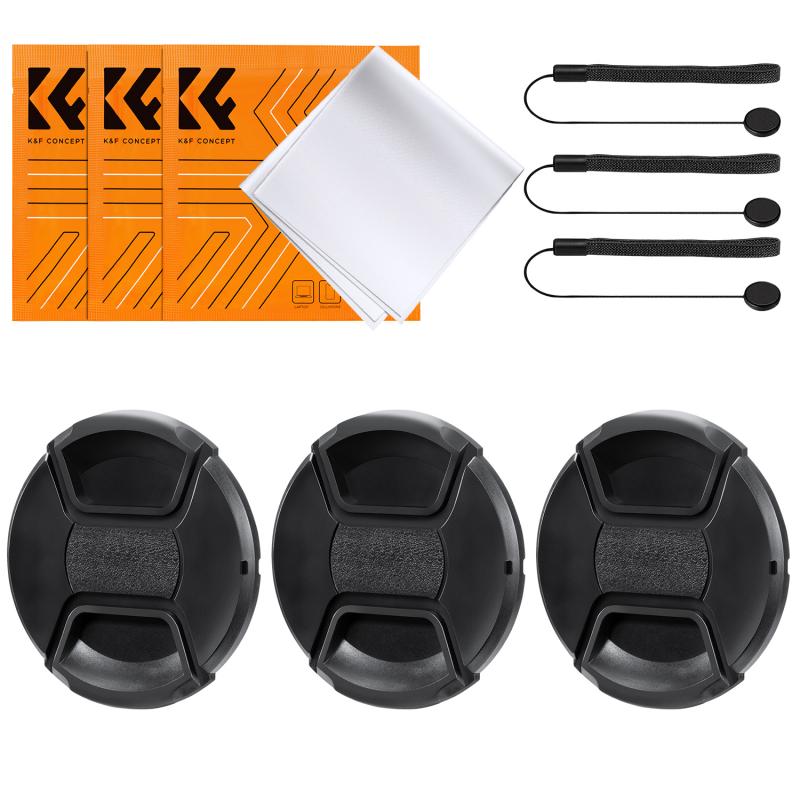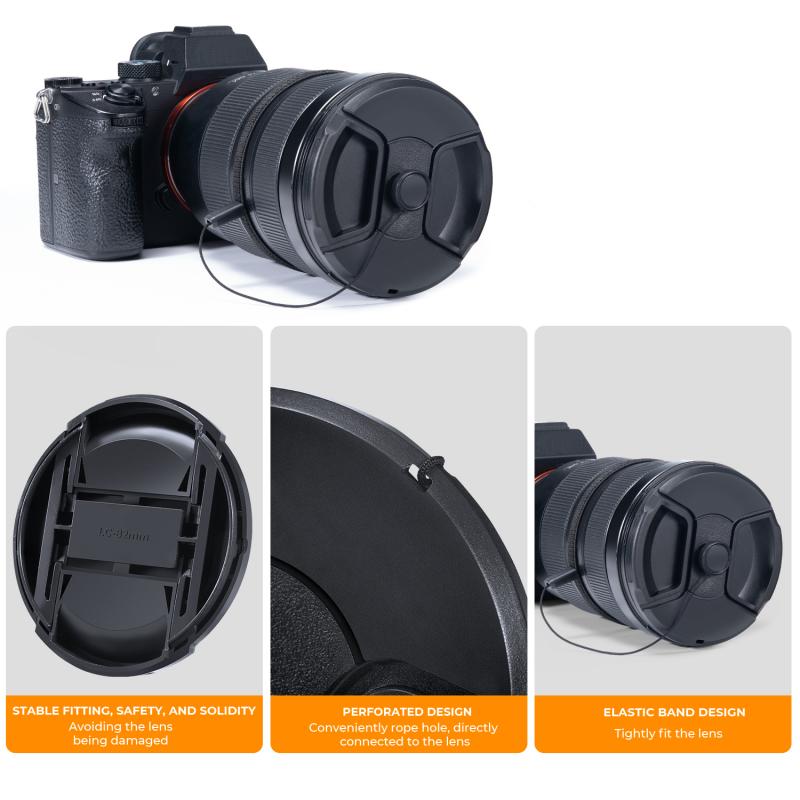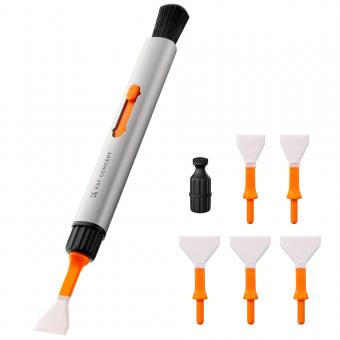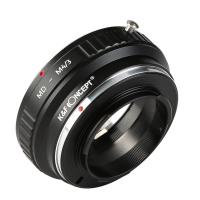How To Polish A Fountain Pen ?
To polish a fountain pen, start by disassembling the pen and cleaning each part with a mild soap and water solution. Use a soft cloth or a microfiber cloth to gently wipe away any dirt or residue. Next, use a polishing compound or metal polish specifically designed for the material of your pen (such as brass, stainless steel, or silver) and apply it using a soft cloth. Rub the polish onto the pen in circular motions, focusing on any areas with tarnish or scratches. Once you have polished the pen, use a clean cloth to remove any excess polish and buff the pen to a shine. Finally, reassemble the pen and enjoy its renewed luster.
1、 Choosing the right polishing materials for fountain pen maintenance
Choosing the right polishing materials for fountain pen maintenance is crucial to ensure the longevity and aesthetic appeal of your pen. Polishing a fountain pen not only removes scratches and blemishes but also enhances its overall appearance. Here's a guide on how to polish a fountain pen effectively.
Firstly, gather the necessary materials. You will need a soft microfiber cloth, jeweler's rouge or polishing compound, and a polishing cloth. It is important to use a soft cloth to avoid scratching the pen's surface.
Start by disassembling the pen, removing the nib, feed, and converter or cartridge. This will allow you to access all parts of the pen for thorough polishing.
Apply a small amount of jeweler's rouge or polishing compound to the microfiber cloth. Gently rub the cloth on the pen's surface in circular motions. Be careful not to apply too much pressure, as it may damage the pen.
Pay extra attention to areas with scratches or tarnish. Continue polishing until the pen's surface is smooth and shiny. If necessary, repeat the process for stubborn blemishes.
Once you are satisfied with the polishing, use a clean microfiber cloth to remove any residue from the pen. This will ensure a clean and polished finish.
Finally, reassemble the pen and inspect it for any missed spots or imperfections. If needed, repeat the polishing process on those areas.
It is worth noting that some fountain pens have specific materials or finishes that require specialized polishing techniques. For example, pens with gold or silver plating may require specific polishing compounds or methods to avoid damaging the plating.
In conclusion, choosing the right polishing materials and following the proper technique is essential for maintaining the appearance of your fountain pen. Regular polishing will not only remove scratches and blemishes but also keep your pen looking its best for years to come.

2、 Preparing the fountain pen for polishing
Preparing the fountain pen for polishing is an essential step to ensure a successful and effective polishing process. Before diving into the actual polishing, it is crucial to clean the pen thoroughly to remove any dirt, ink residue, or other contaminants that may hinder the polishing results.
To begin, disassemble the fountain pen carefully, separating the cap, barrel, nib, and any other removable parts. Rinse each component with lukewarm water to remove any ink residue. Use a soft cloth or a toothbrush to gently scrub the parts, ensuring all dirt and grime are removed. Be cautious not to apply excessive pressure, as it may damage delicate parts.
Once the components are clean, dry them thoroughly using a lint-free cloth or air-drying them for a few hours. It is important to ensure that all parts are completely dry before proceeding with the polishing process.
Next, inspect the pen for any scratches or imperfections that may require additional attention. If there are deep scratches, consider using a fine-grit sandpaper or a polishing compound specifically designed for fountain pens. However, exercise caution and test on a small, inconspicuous area first to avoid any unintended damage.
After the pen is clean and inspected, it is ready for polishing. Apply a small amount of a high-quality metal or plastic polish onto a soft cloth or a cotton swab. Gently rub the polish onto the pen's surface in circular motions, focusing on the areas that require attention. Continue polishing until the desired shine is achieved.
In recent years, there has been a growing interest in using microfiber cloths for polishing fountain pens. These cloths are known for their ability to effectively remove smudges and fingerprints without leaving any scratches. Additionally, some pen enthusiasts recommend using specialized polishing compounds that are specifically formulated for fountain pens, as they can provide superior results.
Remember, always follow the manufacturer's instructions and exercise caution when polishing your fountain pen. With proper preparation and care, you can restore your fountain pen's luster and maintain its beauty for years to come.

3、 Applying the polishing compound to the fountain pen
Applying the polishing compound to the fountain pen is an essential step in achieving a shiny and well-maintained pen. Polishing not only enhances the appearance of the pen but also helps to remove any scratches or blemishes that may have accumulated over time. Here's a step-by-step guide on how to polish a fountain pen:
1. Gather the necessary materials: You will need a soft cloth or microfiber cloth, a polishing compound specifically designed for metal surfaces, and a small bowl of warm water.
2. Start by cleaning the pen: Before applying the polishing compound, it's important to clean the pen thoroughly. Use a mild soap or fountain pen cleaner to remove any ink residue or dirt. Rinse the pen with warm water and pat it dry with a clean cloth.
3. Apply the polishing compound: Take a small amount of the polishing compound and apply it to the cloth. Gently rub the compound onto the surface of the pen using circular motions. Be sure to cover the entire pen, paying extra attention to any areas with scratches or dullness.
4. Continue polishing: Keep rubbing the compound onto the pen until you notice an improvement in its shine. You may need to apply more compound as you go along. Remember to be gentle and avoid applying too much pressure, as this could damage the pen.
5. Rinse and dry: Once you are satisfied with the shine, rinse the pen under warm water to remove any remaining compound. Dry the pen thoroughly with a clean cloth, ensuring that no moisture is left behind.
It's worth noting that different materials may require different polishing techniques. For example, pens made of precious metals like gold or silver may require a gentler touch to avoid scratching the surface. Always refer to the manufacturer's guidelines or seek professional advice if you are unsure about the appropriate polishing method for your specific fountain pen.
In conclusion, applying the polishing compound to a fountain pen is a crucial step in maintaining its appearance and removing any imperfections. By following these steps and using the appropriate materials, you can restore your fountain pen to its former glory and enjoy a smooth and polished writing experience.

4、 Polishing the fountain pen using gentle circular motions
Polishing a fountain pen is an essential step in maintaining its appearance and ensuring its longevity. The process involves removing any dirt, scratches, or tarnish from the pen's surface, resulting in a shiny and pristine finish. Here's a step-by-step guide on how to polish a fountain pen:
1. Gather the necessary materials: You will need a soft microfiber cloth, a mild cleaning solution (such as dish soap or a specialized pen cleaner), and a small bowl of warm water.
2. Disassemble the pen: Before polishing, disassemble the pen by removing the cap, barrel, and nib. This will allow you to access all the nooks and crannies of the pen for a thorough cleaning.
3. Clean the pen: Dip the microfiber cloth into the warm water and add a small amount of cleaning solution. Gently wipe the entire pen, paying extra attention to any areas with visible dirt or stains. Avoid using excessive force to prevent damaging the pen's delicate parts.
4. Polish the pen: Once the pen is clean, use the dry microfiber cloth to polish the pen using gentle circular motions. This will help remove any remaining residue and restore the pen's shine. Be sure to cover all surfaces, including the cap, barrel, and nib.
5. Reassemble the pen: After polishing, allow the pen to air dry completely. Once dry, reassemble the pen by carefully attaching the cap, barrel, and nib back together.
It's important to note that different materials may require specific cleaning methods. For example, pens with metal or silver accents may benefit from using a specialized metal polish. Additionally, always refer to the manufacturer's instructions for specific care guidelines for your fountain pen.
In recent years, there has been a growing interest in using natural cleaning solutions for fountain pens. Some enthusiasts recommend using a mixture of water and white vinegar or lemon juice to remove stains and restore shine. However, it's crucial to exercise caution and test these solutions on a small, inconspicuous area of the pen before applying them to the entire surface.
Remember, regular maintenance and cleaning are key to preserving the beauty and functionality of your fountain pen. By following these steps and adapting to the latest cleaning techniques, you can ensure that your pen remains a cherished writing instrument for years to come.






























There are no comments for this blog.